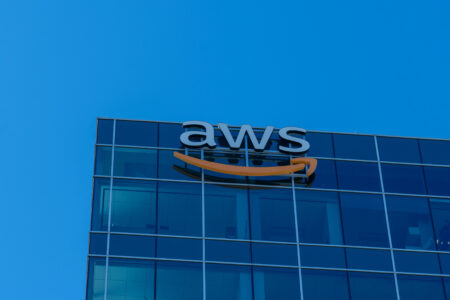Robotic process automation continues to expand into a wide range of industries. Automation makes it possible to produce competitive products despite the high labor cost in the United States. Industrial automation technology will only continue to accelerate due to the impact of COVID-19.
However, skeptics are quick to point out that history is filled with many world-changing technologies that failed to deliver on their promise. The enthusiasm for emerging technologies may eventually subside once the pandemic is over. On the other hand, companies that fail to develop automated manufacturing systems during the pandemic are missing out on a golden opportunity to elevate their business operations.
Optimists believe that this time may be different, as today’s latest advances in technology also benefit small businesses instead of only large firms. This will only further increase the demand for manufacturing automation systems throughout the workplace.
Minimum Wage and Direct Labor Cost
Companies have often discussed automating their business operations for many years without much to show for it. However, COVID-19 made a big impact on making significant changes in the workplace. American firms are expected to invest over $10 trillion in manufacturing automation technology within the next ten years.
Businesses now have the perfect opportunity to invest in automation technology, as the never-ending pressure for short-term results from financial investors is temporarily suspended due to the pandemic. Many firms are now reimagining how they operate to maximize efficiency and keep direct labor costs down. A recent survey highlighted that over two-thirds of global organizations are focusing on automation, which will allow them to pay workers higher earnings and reduce minimum wage jobs.
Industrial and Manufacturing Automation
Robots will become the most prominent winner due to industrial and manufacturing automation. Robo Global is a research firm that predicts over three million robots will be used throughout factories across the world, which is more than double the number of robots used in 2015. The market for these industrial robotics is expected to rise from $45 billion to $73 billion by 2025.
The disruptions throughout the supply chain forced manufacturers to find ways to become more flexible. Businesses reshoring production are using industrial automation to offset the high cost of labor, as robots are becoming much more widely used in the workplace.
Robotic Process Automation
One of the biggest changes due to the pandemic is the number of robots used in warehouses and factories. Manufacturing automation systems allow companies to fulfill orders faster while also reducing excess inventory. This is especially helpful in fulfilling the growing number of online orders without needing additional human labor. The surge in demand for “collaborative robots” continues to grow, as these robots are designed to interact with humans, which is very useful in the e-commerce industry.
These “cobots” play a key role in helping with social distancing while also maximizing employee productivity. Fulfilling the surge of online orders in a low-margin industry is especially important in meeting these growing demands with less human labor. Additional tech changes may also result in businesses using data to develop predictive algorithms to make better decisions in real-time.
Pervasive sensing also continues to grow in popularity, as it combines AI technology and clever sensors to help companies capture data to improve operations. Remote-operations systems also continue to expand in a variety of industries, such as paper mills to marine vessels. Other innovations include using computer vision and AI to analyze the video stream of workers on an assembly line to examine and fix potential problems. All of these advances in technology are designed to improve business operations and maximize the bottom line.
Future of Automation
Automation isn’t only limited to warehouses and production floors, but it’s also being used in back offices. A recent estimate highlighted that the United States healthcare system could save up to $150 billion each year by automating paper-pushing activities. Allied Market Research predicts that process-automation products will rise from $1.6 billion in sales in 2019 to nearly $20 billion in sales in 2027 due to the ever-growing need for these services.
Alibaba also developed an ambitious project that involves integrating whole value chains, such as product design, parts acquisition, manufacturing, logistics, and sales service. All of these services allowed the company to fulfill orders much quicker, which reduces excess inventory and keep costs to a minimum. The average time from production to delivery also dramatically decreased from several months to two weeks.
Closing Thoughts
Robotic automation in manufacturing will continue to rapidly expand due to its long-term benefits. Companies investing in automated manufacturing systems can reduce labor costs by taking advantage of this innovative technology. The COVID-19 pandemic created significant challenges within the supply chain, but businesses that use robotic process automation technology can overcome these many challenges and better meet the needs of their consumer base.
Related DAC Content:
How Automation Impacts the Workplace
Create your own WMS Applications in Business Central
Ai Trends – Benefits of Artificial Intelligence for Business
How Technology has Changed the Real Estate Industry






